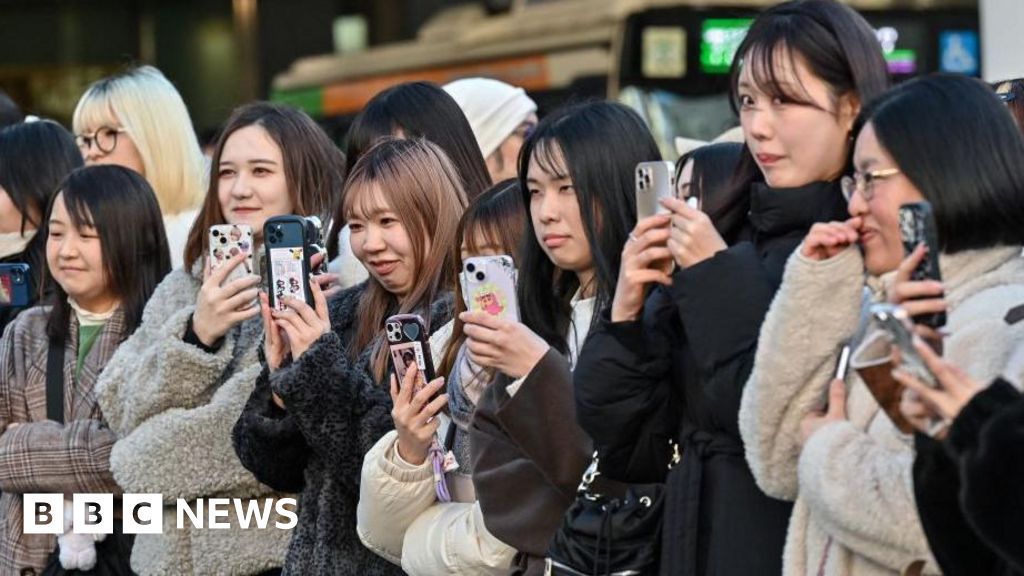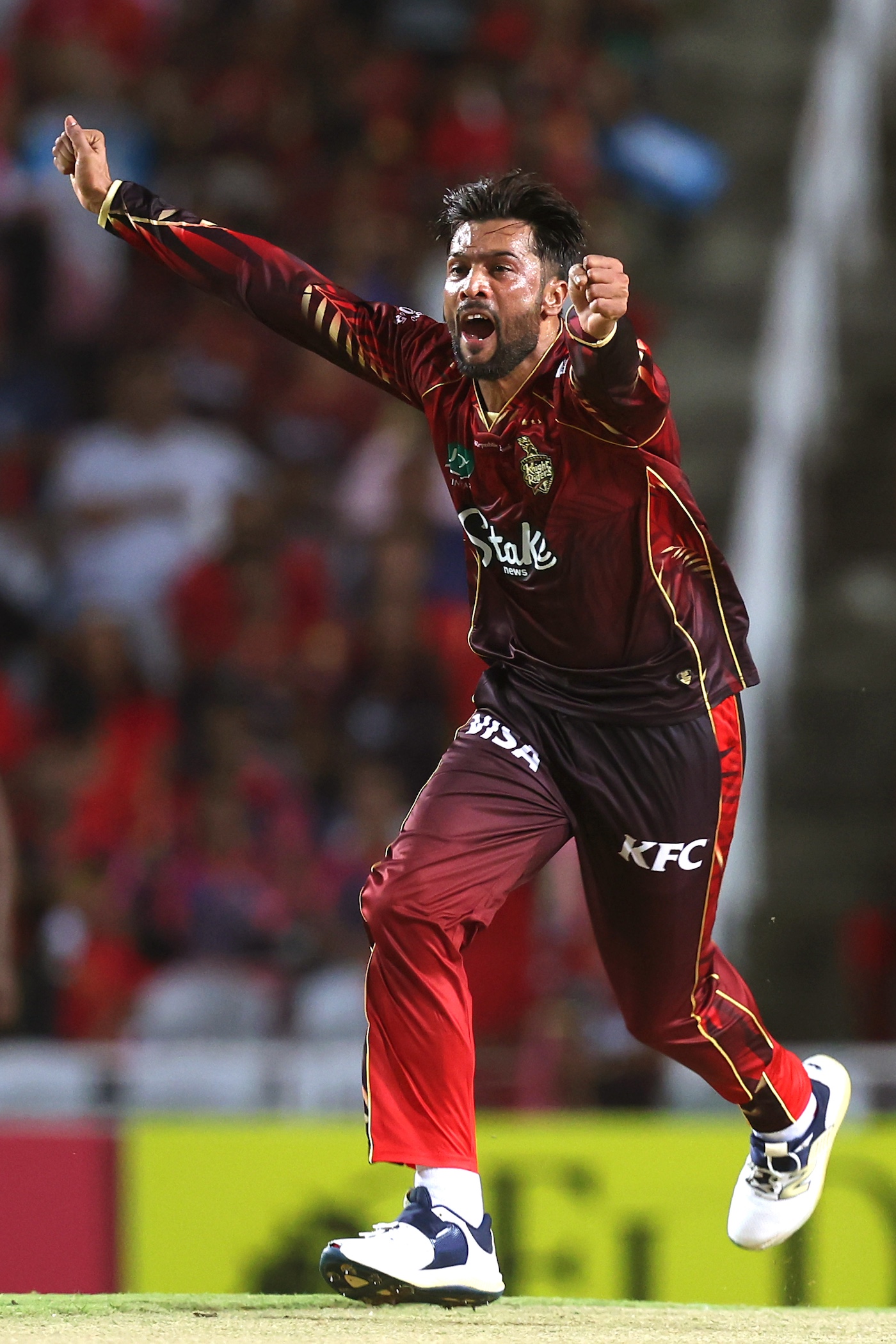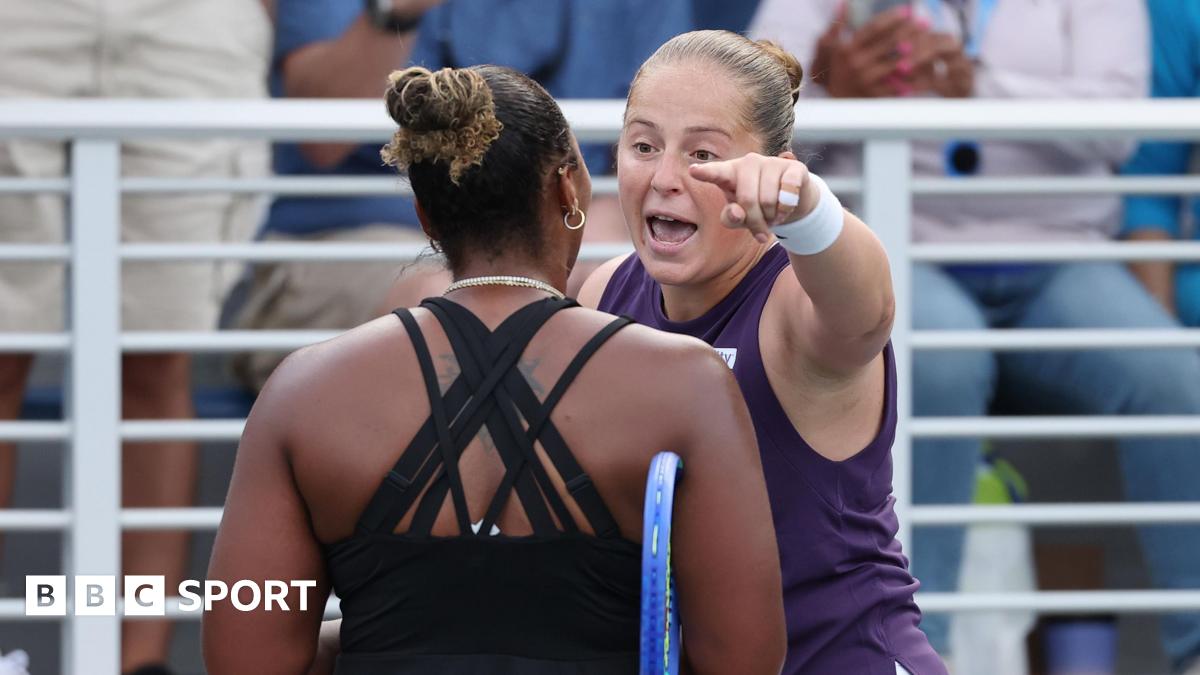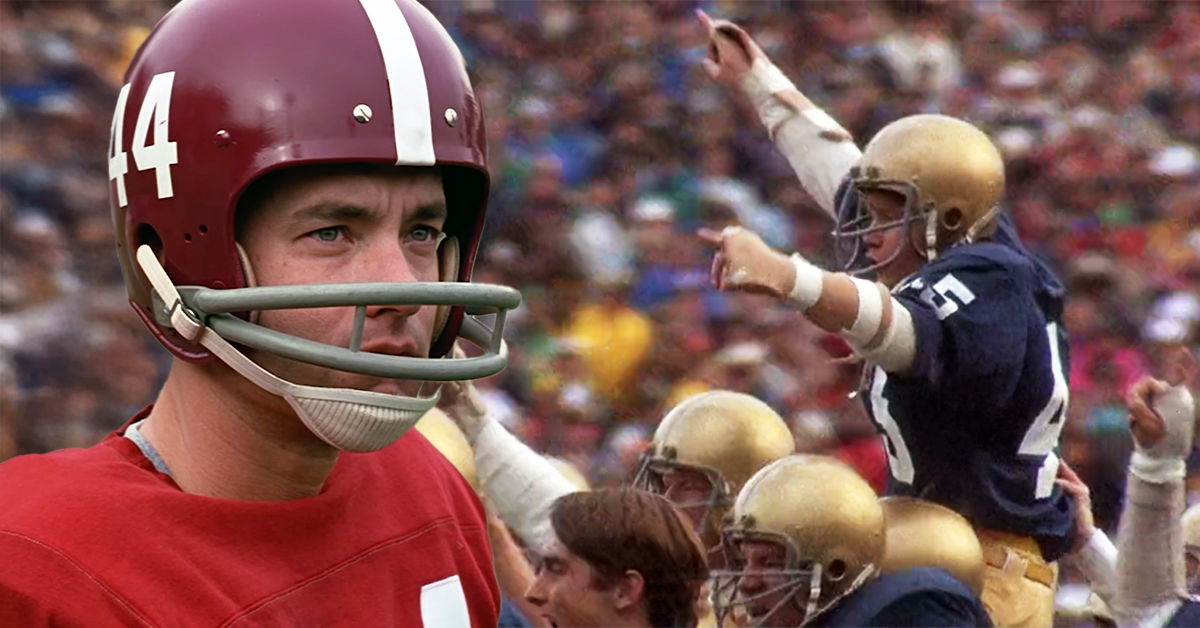Effective Retail Store Layout Merchandising Strategies for Increased Sales

In terms of retail success, your store layout and merchandising strategies play an essential role. A well-thought-out layout directs customer flow, whereas effective visual merchandising improves product visibility. For instance, positioning key items at eye level can increase sales. By comprehending the importance of these elements, you can create an engaging shopping environment. Discover how to optimize your retail space and improve customer experience through practical tips that drive results.
Key Takeaways

- Optimize store layout by using data analytics to identify high-traffic areas and adjust product placements accordingly for increased visibility and sales.
- Engage customers with eye-catching visual merchandising that incorporates bold colors, signage, and interactive elements to enhance brand loyalty and draw attention.
- Position key products and appealing displays on the right side of the entrance to capitalize on shoppers’ instinctive turning behavior.
- Maintain an uncluttered decompression zone near the entrance to create a calm atmosphere, leading to improved customer engagement and satisfaction.
- Regularly update store layouts and merchandise to keep the shopping experience fresh, catering to customers’ preferences for variety and newness.
Understand the Importance of Store Layout
When you consider the importance of store layout, it becomes clear that a well-planned design greatly boosts the customer experience.
An effective retail store layout design improves navigation, making it easier for customers to find what they need. This can considerably enhance sales, as research shows appealing displays can increase sales by up to 540%.
Furthermore, optimizing space utilization allows you to showcase a broader range of products without overcrowding, improving customer satisfaction.
The layout likewise influences customer flow, ensuring high-demand items are prominently displayed for maximum visibility.
Utilizing data analysis tools like heatmaps reveals foot traffic patterns, enabling you to refine your store layout for better performance and increased profitability.
Design for the Right Turn

When you design your store, consider that most shoppers naturally turn right upon entry. To take advantage of this behavior, place your most visually appealing displays and high-demand products on the right side, as this can greatly boost visibility and encourage exploration.
Furthermore, positioning promotional items and organizing shopping aids like carts in this area can improve the overall shopping experience and reinforce your brand message.
Natural Navigation Flow
Comprehending the natural navigation flow of shoppers is essential for optimizing your retail store layout, especially since most customers instinctively turn right upon entering.
To take advantage of this tendency, consider these strategies:
- Engaging Displays: Design the right side with eye-catching displays featuring high-demand products to draw immediate attention.
- Shopping Aids: Place shopping baskets and carts on the right side for convenience, encouraging shoppers to begin their expedition effectively.
- Strength Wall: Utilize the right side as a strength wall, showcasing impressive merchandise that reinforces your brand identity.
Merchandise Placement Strategies
To maximize sales potential, strategically placing merchandise is crucial, especially considering that most shoppers instinctively turn right upon entering your store.
Utilize this behavior by positioning high-demand products and shopping carts on the right side for improved visibility. A force wall, typically situated in this area, should showcase impressive merchandise that captures customer attention and reinforces your brand identity.
Furthermore, feature promotional items or new arrivals on the right to encourage exploration and increase impulse purchases. Organizing your retail store layout so key items are easily accessible upon entry improves customer satisfaction and extends shopping visits.
Finally, verify that the right side is clean and inviting, improving the overall experience and motivating customers to explore deeper into your store.
Create a Decompression Zone
Creating a decompression zone is crucial for enhancing the shopping experience in your retail store, as this initial area, typically spanning the first 5 to 15 feet inside the entrance, allows customers to adjust before plunging into their shopping expedition.
To optimize this decompression zone, consider the following:
- Keep it uncluttered: Avoid placing shopping carts or promotional displays here to create a calm atmosphere.
- Enhance engagement: Make sure the space is inviting, encouraging customers to relax and acclimate to the store environment.
- Strategically place products: Position key items just beyond the decompression zone to capture attention once customers are ready to explore.
An effective decompression zone in your retail store layout can lead to higher customer satisfaction and increased sales.
Develop a Clear Customer Pathway
A well-designed customer pathway not only directs shoppers through your retail space but furthermore improves their overall experience by encouraging exploration.
To achieve this, focus on your store layout design by implementing a circular or racetrack layout. This allows customers to navigate all areas of the store, increasing dwell time and potential sales.
Moreover, identify bottlenecks that may disrupt customer flow; smooth navigation is vital to reduce frustration and promote longer visits.
Incorporate intriguing displays along the pathway to capture attention and encourage impulse purchases.
Utilizing data analytics, like heatmaps, can likewise provide insights into customer movement patterns, enabling you to optimize your retail shop layout for a more efficient and inviting shopping environment.
Engage Customers With Compelling Displays
To truly engage customers, you need eye-catching visual merchandising that draws their attention right away.
Regularly updating your displays not just keeps things fresh but additionally encourages customers to return and see what’s new for each season.
Eye-Catching Visual Merchandising
Even though many factors contribute to a successful retail environment, eye-catching visual merchandising stands out as a crucial strategy for engaging customers and driving sales.
Compelling visual displays can boost sales by up to 540%, so implementing effective merchandising strategies is fundamental.
Focus on these key elements:
- Eye-level placement: Position products at eye level to maximize visibility and attract attention.
- Bold colors and signage: Use lively colors and clear signage to create a visual hierarchy that guides customers through your retail layout.
- Interactive elements: Incorporate interactive features into your visual displays to promote engagement and encourage repeat visits.
Regularly updating your displays with fresh merchandise keeps customers interested and improves the overall shopping experience, promoting brand loyalty effectively.
Seasonal Display Changes
When you update your retail displays to reflect seasonal changes, you not merely create a fresh and inviting atmosphere but also tap into customers’ desire for novelty.
Regular seasonal display changes can encourage repeat visits, as customers return to see what’s new. Compelling visual displays can boost sales considerably—studies indicate increases of up to 540%.
Incorporate themed elements like colors, textures, and holiday motifs to improve the shopping experience, making products more appealing.
Timing your seasonal updates to coincide with peak shopping periods maximizes customer engagement. Use eye-catching signage and effective lighting to draw attention, resulting in increased foot traffic and impulse purchases.
These strategies are crucial for effective retail store layout and merchandising.
Optimize Product Placement for Visibility

Optimizing product placement for visibility is vital in driving sales and improving the shopping experience. Here are three key strategies to take into account for your retail store layout:
- Eye-Level Positioning: Place high-demand products at eye level, as shoppers naturally focus on this height, increasing purchase likelihood.
- Impulse Buys at Checkout: Utilize the checkout area to display small items, capitalizing on customers’ tendencies to add extra purchases as they wait.
- Group Complementary Products: Arrange related items together to encourage cross-selling, which can boost average transaction values.
Regularly rotating product placements is important to maintain a fresh shopping experience.
Implementing these store layout examples will improve visibility, capitalize on customer flow, and ultimately drive sales in your retail store layout.
Incorporate Breaks and Stopping Points
Incorporating breaks and stopping points in your retail store layout can greatly improve the shopping experience, encouraging customers to linger longer and explore more.
By adding seating areas or engaging visual displays, you invite shoppers to pause and take in their surroundings, boosting browsing time and potential purchases.
Strategically placed speed bumps or shelf stoppers can create natural interruptions in customer flow, drawing attention to featured products and promotions. These well-placed stopping points improve customer engagement by providing opportunities for product interaction, creating an immersive environment.
Furthermore, breaks in your retail shop design help manage sensory overload, allowing customers to regroup before continuing their shopping expedition.
Regularly updating these areas can maintain interest, encouraging repeat visits to discover what’s new.
Regularly Update Store Layouts

Updating your store layout regularly is essential for creating a lively shopping experience that keeps customers coming back.
A fresh retail store layout design not only captivates shoppers but can greatly boost sales.
Here are three key benefits of updating your store floor layout:
- Increased Sales: Retailers have reported sales increases of up to 540% from appealing displays and layouts.
- Customer Loyalty: About 70% of shoppers prefer stores that frequently change merchandise, encouraging repeat visits.
- Dynamic Shopping Experience: Rotating product placements improves visibility for popular items, promoting impulse purchases.
Use Data to Analyze Customer Flow

To improve your store’s layout, use data analytics to understand customer flow effectively.
Heatmaps can highlight where shoppers frequently walk, helping you identify both popular and underutilized areas.
As you analyze sales data, it reveals which sections drive revenue.
Heatmaps for Traffic Patterns
Heatmaps serve as a strong tool for analyzing customer foot traffic patterns in retail environments, offering valuable insights into how shoppers navigate your store.
By utilizing heatmaps for traffic patterns, you can improve your retail store layout and make informed decisions. Here are three key benefits:
- Identify High-Traffic Areas: Discover which zones attract the most customers, helping you place popular products where they’ll get noticed.
- Spot Dead Zones: Recognize areas with little to no engagement, allowing for layout adjustments to drive traffic.
- Optimize Promotional Displays: Analyze the effectiveness of your displays and make timely changes to align with customer interests.
With regularly updated heatmaps, you can adapt your store layout to meet evolving consumer behaviors and maximize sales potential.
Sales Data Insights
Comprehending customer flow through sales data insights is crucial for creating an effective retail store layout. Analyzing sales data helps you identify patterns in customer movement, allowing you to optimize your store floor plan based on frequented areas.
For example, heatmaps can reveal where customers walk most, showing popular pathways and dead zones. Point of Sale (POS) analytics give you insight into sales trends, enabling adjustments in inventory and displays during peak times.
Regularly monitoring customer behavior through surveillance can inform layout adjustments for better navigation. By combining behavioral psychology with sales data, you can strategically align product placements with shoppers’ natural movements, thereby enhancing their shopping experience and improving overall store performance.
Leave Space for Fixtures and Fittings
When designing a retail store layout, leaving ample space for fixtures and fittings is crucial, as it directly impacts customer experience.
Adequate space guarantees customers can navigate comfortably, which encourages longer browsing times and increases the likelihood of purchases.
Here are three key reasons to prioritize space in your storefront layout:
- Customer Comfort: Personal space greatly influences customers’ willingness to engage with products, enhancing their shopping experience.
- Effective Display: Sufficient spacing allows for better visibility and easy access to merchandise, making it more appealing for shoppers.
- Operational Efficiency: A well-organized layout simplifies restocking and cleaning, maintaining an inviting atmosphere.
Frequently Asked Questions

What Are the Key Considerations in Store Layout?
When considering store layout, focus on the decompression zone at the entrance to ease customers into their shopping experience.
Since most shoppers turn right, position high-demand products on that side for visibility.
Create a clear path through the store, encouraging exploration and reducing congestion.
Place items at eye level to boost visibility and sales, especially for best-sellers.
Regularly update displays to maintain a fresh shopping environment, encouraging repeat visits and engagement.
What Is Essential for Successful Merchandise Display?
For successful merchandise display, focus on product placement and visual appeal.
Position high-demand items at eye level to increase visibility, and regularly update displays to keep the shopping experience fresh.
Utilize strategic placement near checkout areas for impulse buys, and create a cohesive theme that aligns with your brand identity.
Incorporate sensory elements like lighting and scent to improve the atmosphere, encouraging customers to spend more time in your store.
Which of the Following Is Essential for Effective Retail Layout Design?
For effective retail layout design, you need to create a clear customer experience.
Start with a decompression zone at the entrance, allowing shoppers to adjust before plunging into products. Use pathways like a racetrack layout to guide exploration.
Position high-demand items at eye level, and place energy walls to capture attention.
Regularly update displays to keep the environment fresh, and analyze customer flow to optimize product placement, boosting sales and enhancing customer satisfaction.
What Are the Factors That Determine the Success of a Retail Store?
The success of a retail store hinges on several key factors.
First, an effective layout improves customer flow, making navigation easier.
Second, strategic product placement, particularly at eye level, boosts visibility and encourages purchases.
Third, a welcoming entrance helps customers shift into shopping mode.
Furthermore, regularly updating displays keeps the experience fresh.
Finally, analyzing customer traffic with tools like heatmaps can optimize layout decisions, ultimately driving sales and improving overall performance.
Conclusion

In summary, optimizing your retail store layout and merchandising is essential for enhancing customer experience and driving sales. By comprehending customer pathways, creating eye-catching displays, and regularly updating your layout based on data analysis, you can improve product visibility and flow. Furthermore, incorporating adequate space for fixtures guarantees comfort and navigation. Implement these strategies consistently to create an engaging shopping environment that encourages customers to explore and purchase more effectively.
Image Via Envato
This article, "Effective Retail Store Layout Merchandising Strategies for Increased Sales" was first published on Small Business Trends
What's Your Reaction?
 Like
0
Like
0
 Dislike
0
Dislike
0
 Love
0
Love
0
 Funny
0
Funny
0
 Angry
0
Angry
0
 Sad
0
Sad
0
 Wow
0
Wow
0





























































































